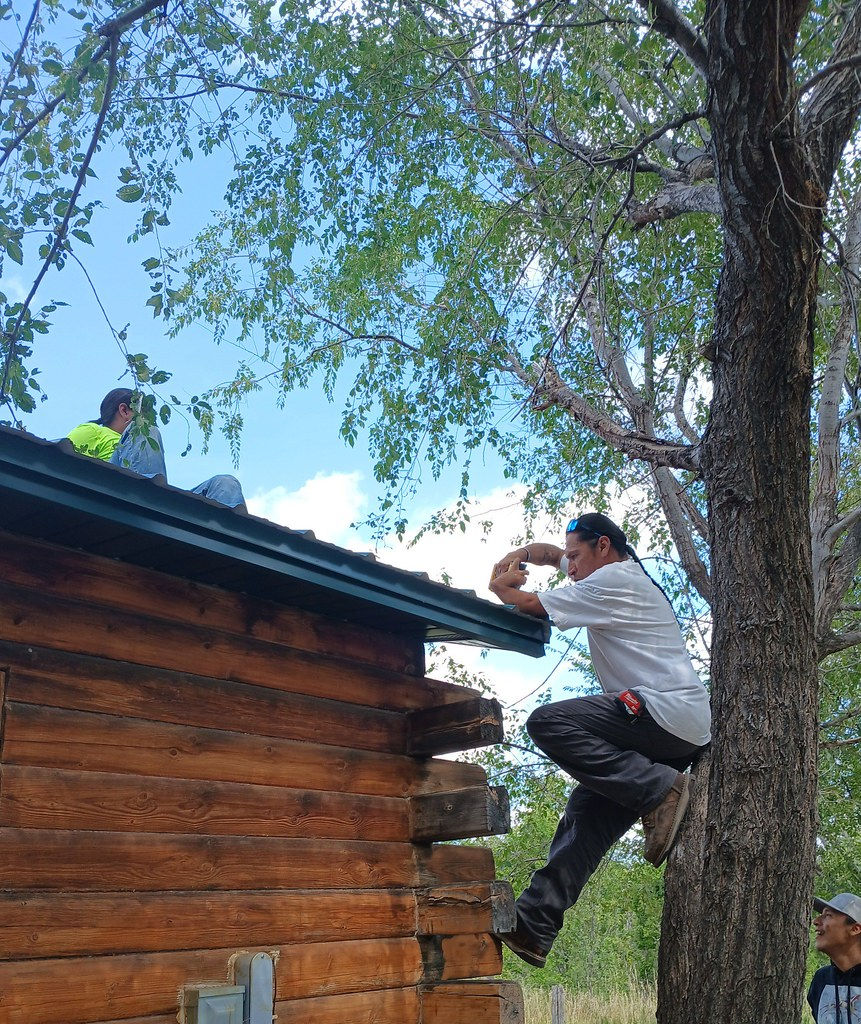Addressing Hunger in the Classroom: Fulfilling a Teacher's Request for More Student Resources
- nkraatz6
- Nov 27, 2023
- 2 min read
I have long learned to respond quickly to urgent situations on the Pine Ridge Reservation, especially those that involve a need for food and heat.
One Spirit goal has always aimed to wipe out hunger on the reservation and to help the Lakota conquer the designation of the reservation as the “poorest place in the US” and a “food desert.” Even now, the Charging Buffalo House restores buffalo meat to the traditional diet to help wipe out diet-related diseases and we’ve opened two more food pantries.

But last week, I was sharply reminded that we have not yet reached that important goal of wiping out hunger. A teacher contacted us and asked if we could get food to the homes of some of her students. She teaches 8th grade and in a writing assignment some of her students wrote about being hungry and having no food at home.
These are some of the quotes from those kids’ papers:
I come to school to eat
I am so hungry, there is no food in my house
Adults don’t seem to care about us kids
I share food sometimes with my little brother
There’s no gas in the car, so we can get food
I can’t sleep cuz my stomach hurts
These students’ words and their teacher’s request cut me deeply. They’re one of the many reminders of how far we still have to go to end hunger on the reservation. The resources available to those on the reservation, like EBT, simply don’t go far enough in the face of rising food costs.
Last time we delivered food to these homes, I remember watching while a small boy grabbed a bag of cereal and danced around. We have also received many, many phone calls where people ask for food ahead of Thanksgiving. People voicing hope that there could be a special meal for the family this week.
A grandmother spoke of the way she and her husband who has a disability cared for their six grandchildren and several other extended family members. They lived in tents during the summer and now sleep in a small camper. Someone gave them a trailer but the windows and doors were broken. She said they often cook outside over an open fire—which is hard to do in the harsh winters of South Dakota.
I take solace in the partnerships we’ve built between our donors and the reservation to address this food crisis. The Lakota are a sharing society. Once, when I was visiting in a Lakota home, the mother was preparing a meal. There were only five people there, but she prepared great quantities of soup and fry bread. When dinner was served, eight more people showed up and were seated at the table. The mother explained to me that they always feed anyone who shows up at meal time.
We plan to stock and open three food pantries within the next couple of weeks to fill the need for food. Our efforts with regenerative agriculture and gardens will help us reach that goal. In the meantime, we still must respond quickly to calls for food and heat. If we don’t, the children will continue to suffer the effects of poor diets and malnutrition.
Sincerely,
Jeri Baker



